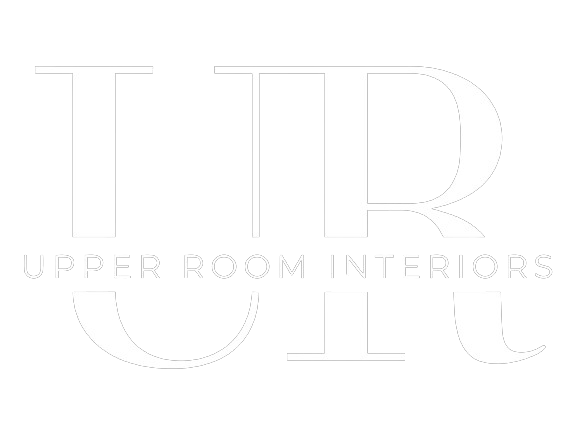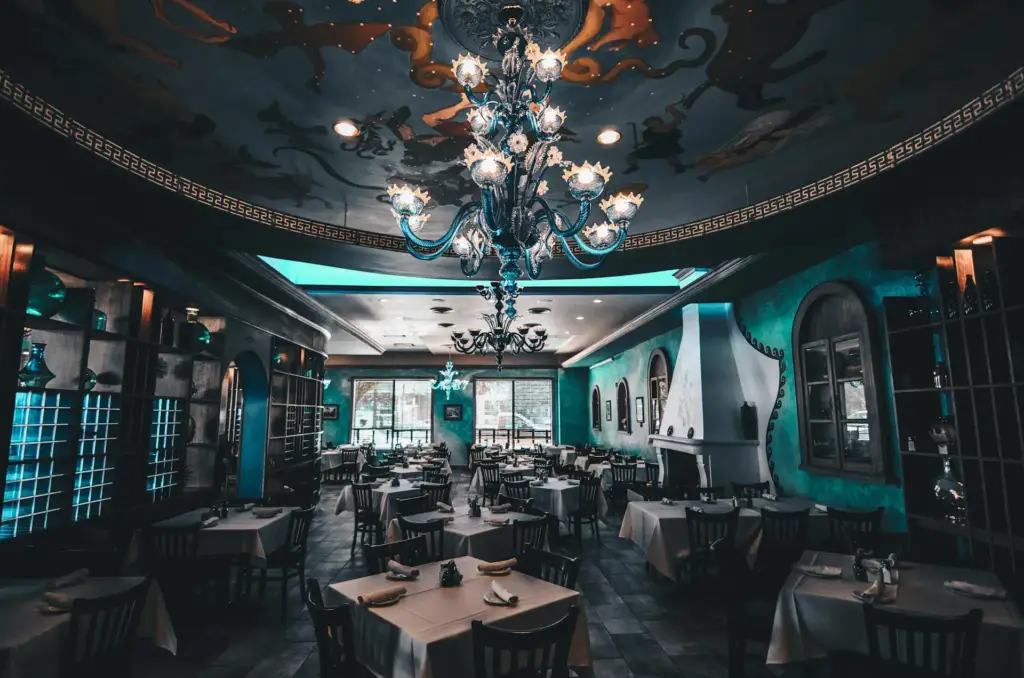
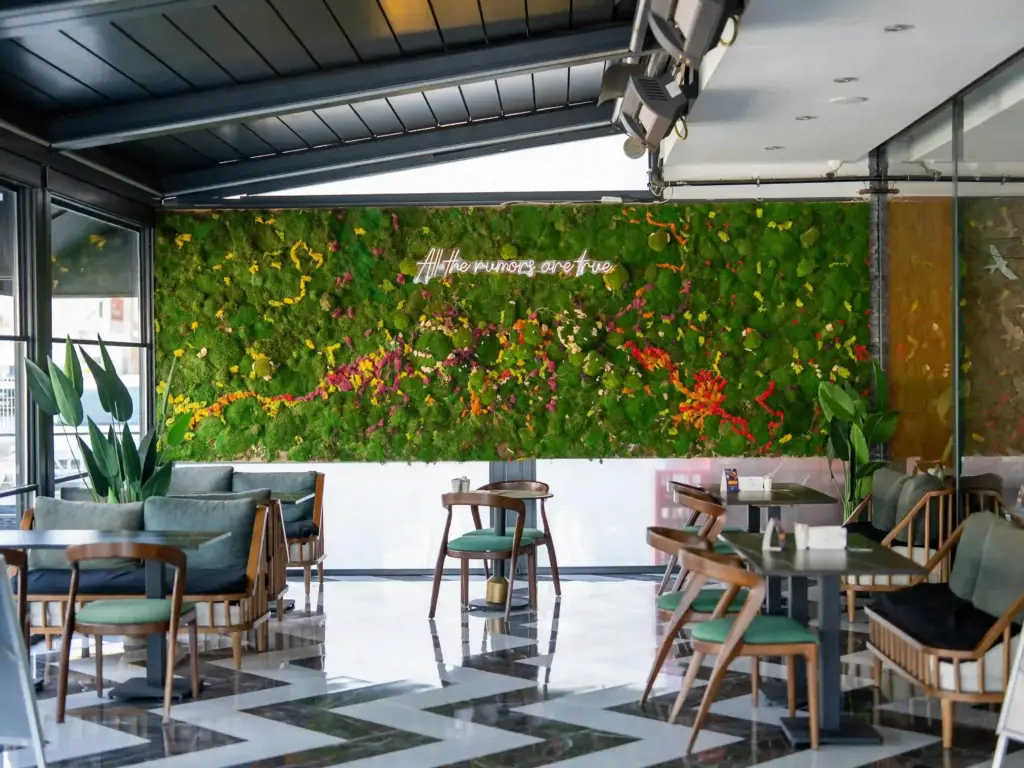
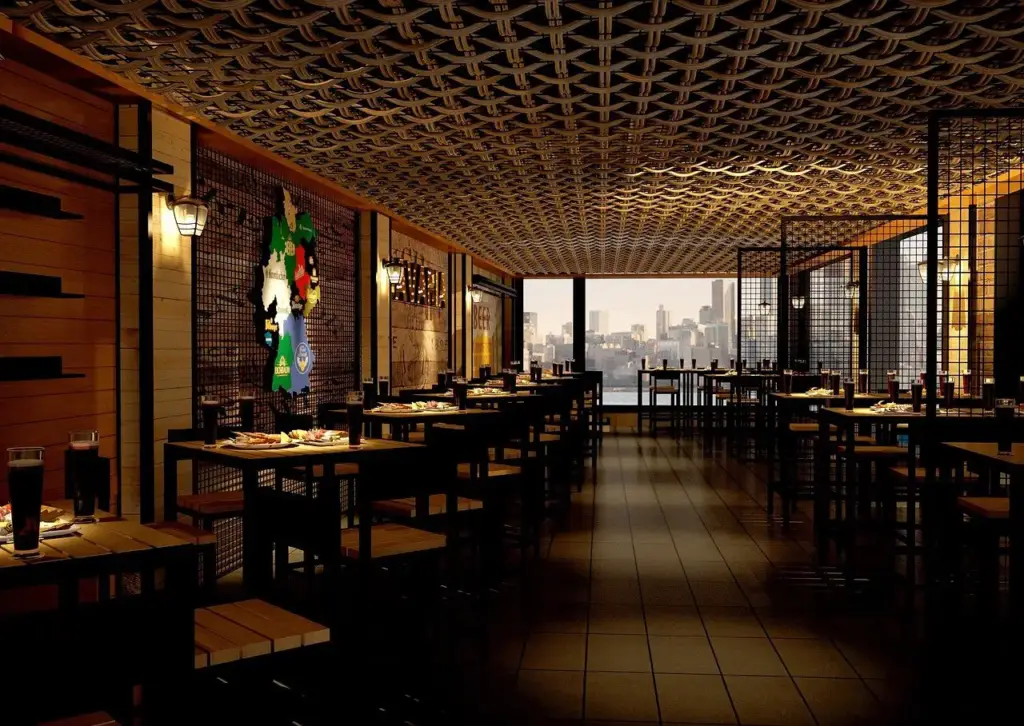
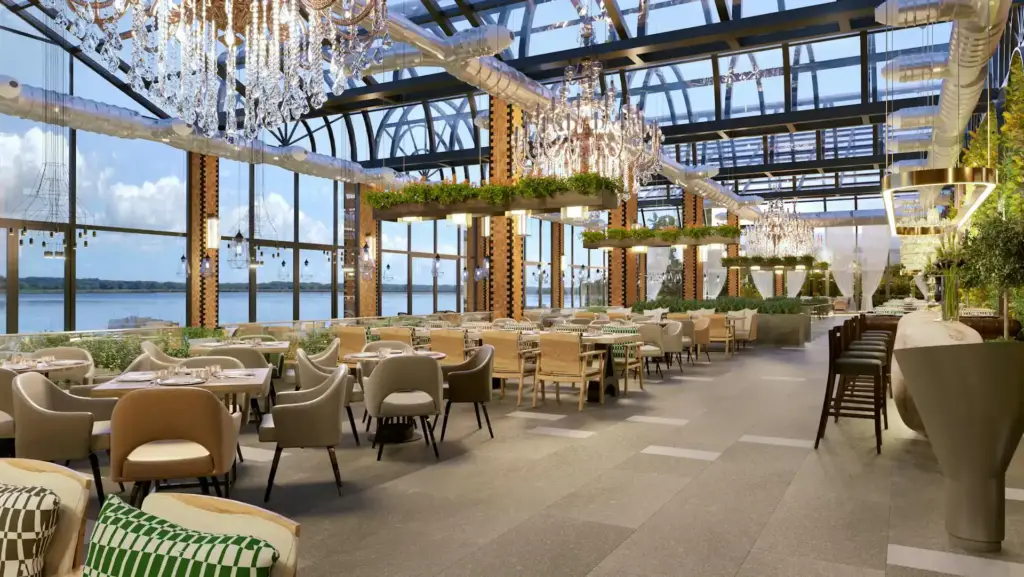
When it comes to the success of a restaurant, restaurant interior design plays a crucial role in shaping the dining experience. The right design not only enhances the overall ambiance but also influences how customers perceive the space, encouraging them to return. Whether you are opening a new restaurant or renovating an existing one, the restaurant interior design can make a lasting impact on your business.
In this post, we’ll explore key elements of restaurant interior design that can elevate your space, from smart space planning to creating a unique atmosphere that reflects your brand identity.
Why Restaurant Interior Design is Crucial
First impressions matter, and the design of your restaurant is the first thing your customers will notice. A well-designed interior gives customers a sense of what your restaurant is about whether it’s modern, rustic, or chic. The restaurant interior design should create a welcoming and comfortable environment where guests can relax and enjoy their meals.
The way your space is laid out can directly influence the overall dining experience. A great design increases customer satisfaction, improves functionality, and maximizes space utilization. But, more importantly, it helps your restaurant stand out in a competitive market.

Key Elements of Restaurant Interior Design
To help you design a space that encourages repeat visits, here are key elements of restaurant interior design you should consider:
1. Smart Space Planning
When it comes to restaurant interior design, space planning is critical. You need to optimize every square foot of your restaurant to create a functional and comfortable atmosphere. Smart space planning ensures that every area be it the dining room, kitchen, or bathrooms is easily accessible and flows seamlessly.
Well-planned spaces can also enhance your restaurant’s efficiency, ensuring that your staff can move freely and provide excellent service without any hindrance. Additionally, it’s essential to consider the needs of your customers. Spacious tables with proper spacing will make guests feel at ease while also maintaining a good flow of traffic.
2. Custom Furniture and Fixtures
Furniture plays a key role in restaurant interior design. Custom furniture and fixtures are an excellent way to create a unique look that reflects your brand identity. Custom-designed seating, tables, and lighting fixtures can transform a space from ordinary to extraordinary.
Investing in custom furniture ensures that your restaurant not only looks unique but also feels comfortable. Whether it’s chairs that suit your restaurant’s theme or tables that make dining easier, custom designs will elevate your restaurant’s atmosphere. This type of furniture is also versatile, allowing you to incorporate more innovative elements into your space.
3. Innovative Storage Solutions
Efficient storage solutions are a must in restaurant interior design, as they can help keep the dining area neat and organized. Consider innovative storage solutions that blend seamlessly with the design while maximizing the available space. Built-in shelving, hidden cabinets, and even multi-functional furniture can ensure that your restaurant remains clutter-free.
Using innovative storage options helps keep the restaurant’s operational area efficient, which also improves the overall guest experience. Smart storage solutions ensure that staff have easy access to necessary supplies without interrupting the flow of the dining room.
4. Open Floor Plans
An open floor plan is a great design choice that promotes a sense of spaciousness. It allows natural light to flow freely through the space, making your restaurant feel airy and welcoming. Open floor plans also encourage a more communal atmosphere, with guests feeling more connected to their surroundings.
By eliminating unnecessary walls, open floor plans enable easier communication between staff and customers. It creates a more relaxed vibe, which is especially ideal for casual dining establishments or modern restaurants.
5. Use of Mirrors and Glass
The use of mirrors and glass in restaurant interior design can enhance the sense of space and light. Mirrors reflect light, making smaller spaces appear larger and more open. Glass partitions or windows also allow natural light to flood the dining area, making it feel fresh and inviting.
Incorporating these elements into your design can also add a touch of luxury, as glass and mirrors often exude sophistication. They can also help to reflect beautiful decor and design features, giving your space a more polished and elegant look.
6. Minimalist Design Approach
Simplicity is the ultimate sophistication. A minimalist design approach focuses on clean lines, neutral colors, and uncluttered spaces to create a sophisticated yet relaxed dining atmosphere. Minimalism doesn’t mean boring it’s about stripping away unnecessary elements to allow the most important features of the space to shine.
A minimalist design approach often includes the use of neutral tones and simple furniture that doesn’t overpower the space. This allows for more creativity with the design’s accents whether through artwork, lighting, or decor. A minimalist design encourages guests to focus on the food and experience, which is often the goal of high-end restaurants.
7. Multipurpose Furniture
Incorporating multipurpose furniture into your restaurant interior design offers flexibility and maximizes space. This type of furniture serves more than one purpose, allowing you to easily rearrange the dining area for special events or different guest sizes. For example, folding chairs, tables that can extend, and modular seating are all excellent choices.
Multipurpose furniture doesn’t just save space it also gives you the ability to create different dining environments with minimal effort. Whether you need extra seating for a large group or a more intimate setting, multipurpose furniture is a smart solution for restaurants that regularly change their seating arrangements.

The Benefits of Professional Restaurant Interior Design
Investing in professional restaurant interior design has multiple advantages:
- Enhanced Customer Experience: A well-designed space ensures that guests have a positive experience from the moment they enter your restaurant.
- Increased Revenue: A restaurant that’s visually appealing and comfortable encourages repeat visits and helps attract new customers.
- Brand Identity: Your restaurant’s interior design is an extension of your brand, helping establish a unique identity that sets you apart from competitors.
A well-designed restaurant attracts customers, encourages them to stay longer, and makes them more likely to return. It’s an investment that pays off in customer loyalty, positive reviews, and increased revenue.
Conclusion
Restaurant interior design is one of the most critical factors in creating a successful dining experience. From space planning and furniture to lighting and storage, every aspect of your restaurant’s design should be carefully considered. Investing in professional design will not only improve the customer experience but will also help establish your restaurant as a standout in a competitive market.
If you’re ready to transform your restaurant’s interior into a memorable space that guests will love, contact us today to begin the design process!
Learn More
Explore more about restaurant interior design and discover innovative ideas by reading this Restaurant Interior Design Guide.
Related Articles
To learn more about how interior design can elevate your restaurant’s atmosphere, check out our related article on creating the perfect dining experience.
